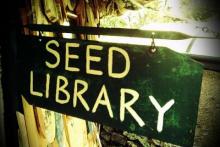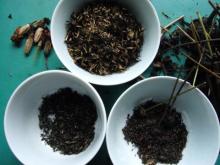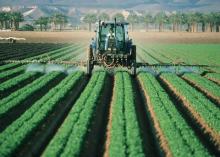The Supermarket Gardener: Part 1
The price of food has become ridiculous these days. Buying organic, whole healthy foods strains our already squeezed pockets. The market is saturated with Genetically Modified Organisms (GMO), and with Bayer’s acquisition of Monsanto, who knows what the future holds for our food supplies. This merger could create a monopoly on the market, upping the price of food for both farmers and consumers.




